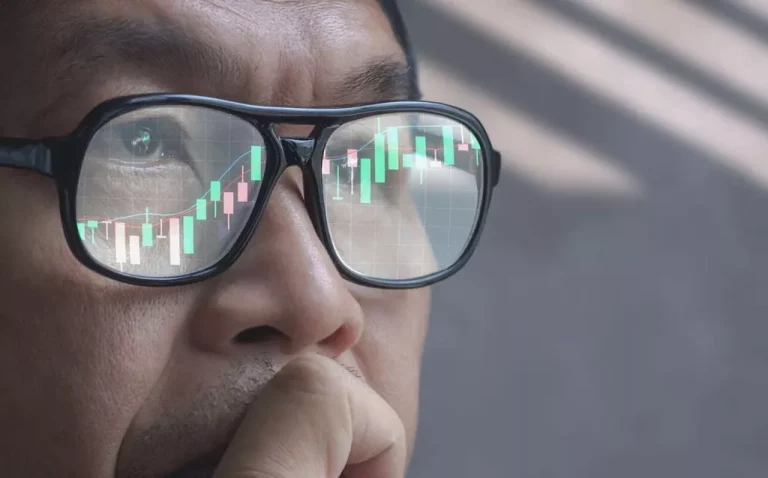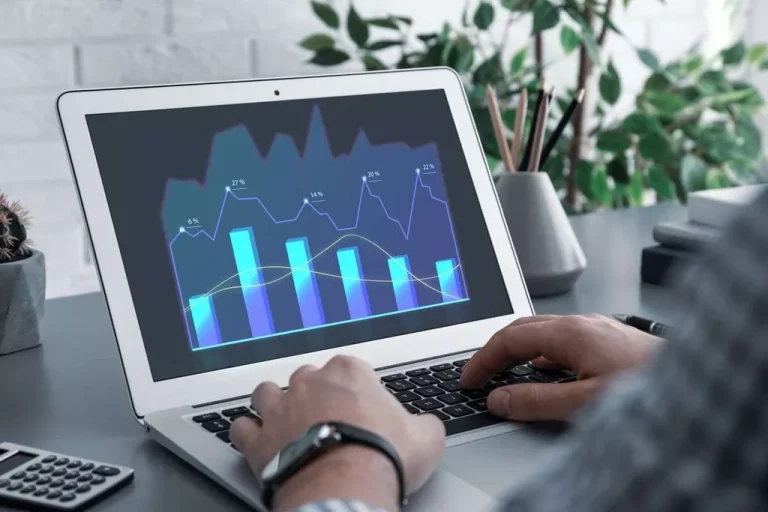Content
It’s a type of distributed ledger technology (DLT), a digital record-keeping system for recording transactions and related data in multiple places at the same time. Hyperledger Fabric is an open-source Yield Farming project with a suite of tools and libraries. Enterprises can use it to build private blockchain applications quickly and effectively. It is a modular, general-purpose framework that offers unique identity management and access control features. These features make it suitable for various applications, such as track-and-trace of supply chains, trade finance, loyalty and rewards, and clearing settlement of financial assets. A consortium blockchain is a type of blockchain that combines elements of both public and private blockchains.
How can businesses benefit from blockchain?
In a consortium blockchain, a group of organizations come together to create and operate the blockchain, rather than a single entity. The consortium members jointly manage the blockchain network and are responsible for validating transactions. Consortium retail digital assets trading blockchains are permissioned, meaning that only certain individuals or organizations are allowed to participate in the network.
What are the benefits of blockchain technology?
Nodes are rewarded for their services with transaction fees and/or newly minted cryptocurrency (referred to as a block reward). For example, let’s assume that Bob would like to send Alice a payment. Using legacy systems, Bob would send his payment to a third party—a bank or financial institution—that would take full custody of his funds and transfer those funds to Alice. In the case of blockchains, Bob sends money directly https://www.xcritical.com/ to Alice’s account without a centralized intermediary, but with full assurances that funds are transferred between accounts.
Cryptopedia. Your trusted source for all things crypto.
With this transparency, stakeholders can independently audit and verify records, building trust across the network. It’s like a financial system that operates on Blockchain without the involvement of banks or middlemen. In this DeFi world, you can do things like lend your digital assets to others, borrow from a global pool, and trade cryptocurrencies seamlessly. Another development to watch out for is central bank digital currencies (CBDCs). These are basically digital versions of regular currencies issued by central banks.


Because it’s a distributed ledger, all participating computers on a network have access to the same database (the blockchain itself). This increases transparency and access, and the hash history makes every exchange and transaction traceable. Blockchain systems provide the high level of security and trust that modern digital transactions require. There is always a fear that someone will manipulate underlying software to generate fake money for themselves. But blockchain uses the three principles of cryptography, decentralization, and consensus to create a highly secure underlying software system that is nearly impossible to tamper with. There is no single point of failure, and a single user cannot change the transaction records.

Take a deep dive into the burgeoning decentralized financial system. Learn how tokenization could bring trillions in value to blockchains. To learn more about blockchain, its underlying technology, and use cases, here are some important definitions. The examples above are only a small part of what is possible using the blockchain.
This is particularly useful for cross-border trades, which usually take much longer because of time zone issues and the fact that all parties must confirm payment processing. Of course, the records stored in the Bitcoin blockchain (as well as most others) are encrypted. This means that only the person assigned an address can reveal their identity. As a result, blockchain users can remain anonymous while preserving transparency. For example, exchanges have been hacked in the past, resulting in the loss of large amounts of cryptocurrency.
White Papers relating to electronic money tokens that we issue in the European Economic Area (EEA) (“EMT”) are published and available on our Website. Holders of EMT have the right of redemption against the issuer at any time and at par value. The content presented on this website is intended for informational purposes only, and should not be construed as legal, tax, investment, financial or other advice.
- Learn more about McKinsey’s Financial Services Practice—and check out blockchain-related job opportunities if you’re interested in working at McKinsey.
- A private blockchain network, similar to a public blockchain network, is a decentralized peer-to-peer network.
- Hyperledger supports a neutral, open community of members who contributed code to develop Hyperledger Fabric, the software that many enterprises use as the foundation for blockchain projects.
- Check out our blog here on the various types of Blockchain technology.
For a transaction to be valid, the digital signature must be correct and the public key must have sufficient funds to cover the transaction. The customizable flexibility that blockchain-based information systems propose allows renewable generation and storage assets to interconnect in near real-time and at a very low cost. This enablesnew operation capabilities in distributed energy systems, where bi-directional energy exchange between prosumers and consumers is viable within local energy markets or microgrids. At the sametime, the metadata from such operations can get aggregated and thus enable greater visibility and needed flexibility capabilities for energy systems’ operators. Beyond the above-mentioned sectors, Blockchain finds its way into intriguing spaces. They’re used for unique digital items, be it art, music, or rare in-game items.
And can companies still use blockchain to build efficiency, increase security, and create value? Blockchain allows for the permanent, immutable, and transparent recording of data and transactions. This, in turn, makes it possible to exchange anything that has value, whether that’s a physical item or something more intangible. Bitcoin and blockchain might be used interchangeably, but they are two different things. Since Bitcoin was an early application of blockchain technology, people inadvertently began using Bitcoin to mean blockchain, creating this misnomer.
From reducing settlement times and costs in cross-border payments to streamlining KYC processes and enabling smart contracts, blockchain could solve longstanding banking inefficiencies. Led by the Bank for International Settlements, Project Agora seeks to improve efficiency and transparency in the trade finance sector. Built on the R3 Corda platform, it creates a shared digital ledger for real-time tracking of trade transactions.
A future where most peer-to-peer services are done through the blockchain appear, in the mid-2020s, unlikely anytime soon. Nevertheless, should that happen, banks could become “trust anchors” in blockchain networks, offering services based on their expertise in regulatory compliance, security, and risk management. Banks could provide value-added services like digital identity verification, custody services for digital assets, and services integrating traditional and blockchain-based financial systems. Blockchains such as Ethereum show how a public permissionless blockchain can be used as a highly secure and reliable distributed computer for processing conditional agreements known as smart contracts. This capability has enabled an entirely new financial ecosystem of permissionless, transparent financial services known as decentralized finance (DeFi). Hybrid blockchains combine elements from both private and public networks.
A 2022 survey found that only about 22% of businesses are actually using Blockchain technology. That’s like having an amazing tool, but not many people know how to use it. Widespread adoption is crucial for Blockchain to reach its full potential. Each block has its own hash code that contains the hash code of the block that comes before it.
Blockchain is defined as a ledger of decentralized data that is securely shared. Blockchain technology enables a collective group of select participants to share data. With blockchain cloud services, transactional data from multiple sources can be easily collected, integrated, and shared.
With many practical applications for the technology already being implemented and explored, blockchain is finally making a name for itself in no small part because of Bitcoin and cryptocurrency. As a buzzword on the tongue of every investor across the globe, blockchain stands to make business and government operations more accurate, efficient, secure, and cheap, with fewer intermediaries. While confidentiality on the blockchain network protects users from hacks and preserves privacy, it also allows for illegal trading and activity on the blockchain network. Transactions on the blockchain network are approved by thousands of computers and devices. This removes almost all people from the verification process, resulting in less human error and an accurate record of information.

